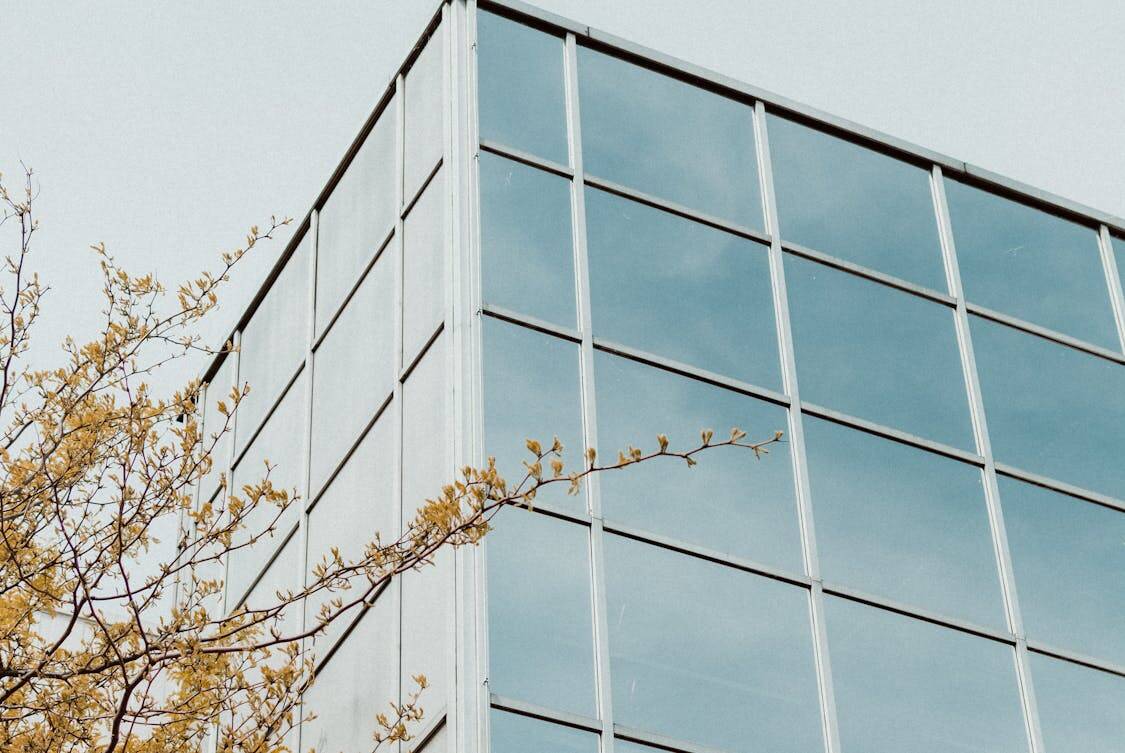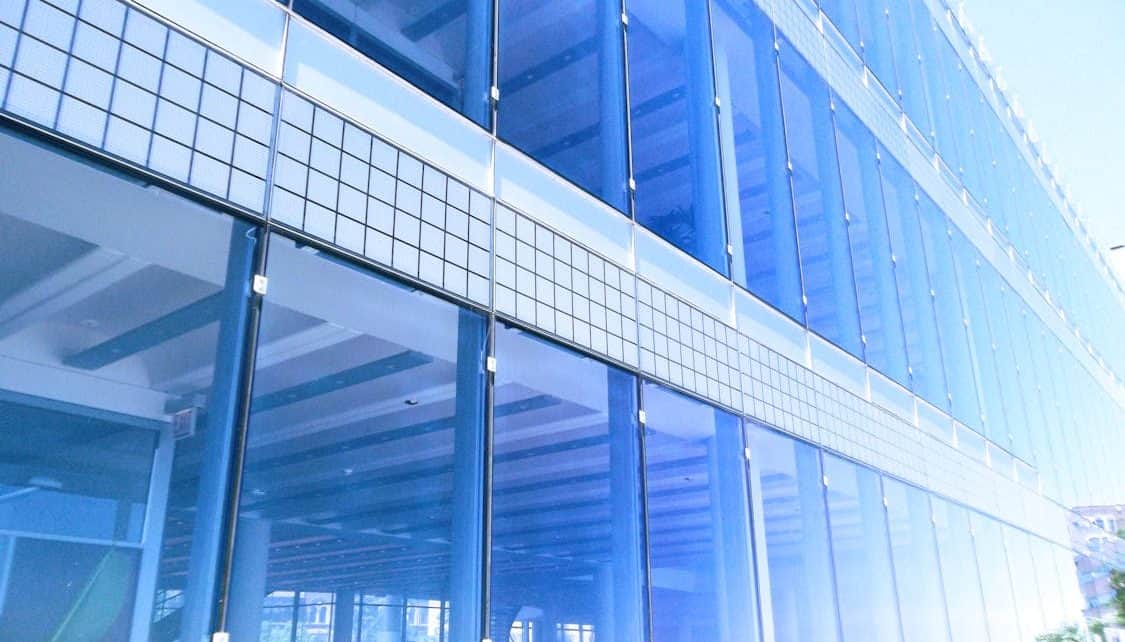Installing window tint in commercial offices can bring a raft of tangible benefits that go well beyond a cosmetic tweak, touching on comfort, cost control and overall workplace quality. Many teams notice fewer complaints about glare and heat, while building managers often see steadier interior temperatures and less wear on furnishings.
A well-chosen film helps protect occupants and assets from ultraviolet radiation, and it can add a layer of privacy without the need for heavy curtains or blinds. Below are five key benefits that show how a relatively simple intervention can produce practical, day-to-day gains for businesses.
1. Reduce Glare And Improve Visual Comfort
Tinted glass films cut down on bright reflections that make monitors and presentation screens hard to read, creating a calmer visual field for employees and visitors; this drop in glare often leads to fewer interruptions and less squinting, which itself translates into reduced eye fatigue by the end of the day.
The change is especially noticeable in rooms with large expanses of glass or south- and west-facing windows, where direct sunlight tends to wash out colors and contrast; treating those surfaces helps screens stay legible without resorting to dimming lights to zero.
Because the film trims the brightest peaks of daylight while letting usable natural light through, staff retain access to daylight benefits without the trade-off of constant glare. That subtle balancing act of light makes workstations and meeting areas more pleasant places to focus and makes visual tasks feel a lot less like an uphill battle.
2. Lower Energy Costs And Better Temperature Control
By reducing solar heat gain through glass, window films ease the burden on air conditioning systems during warm months, which often translates into measurable savings on utility bills when implemented across an office tower or a campus of buildings.
The work is not magic; it simply moderates the transfer of radiant energy so that internal temperatures stay closer to target setpoints and HVAC units cycle less frequently, and that steadier performance helps control maintenance needs over time.
In cooler months, some films provide a modest insulating benefit that keeps pockets of warmth from evaporating right through the panes, leading to a more uniform comfort level across floor plates. Those combined effects add up to a more disciplined energy profile for the building, and when managers track usage, the trend toward lower peaks can be clear as day.
3. Increase Privacy And Enhance Security

Window tint provides privacy by limiting sightlines from outside without forcing occupants to close off their view entirely, which is handy for street-level offices, conference rooms, and executive suites where discretion matters but natural light remains welcome.
Films that add a reflective or frosted finish can give a room the privacy of drawn blinds while keeping a feeling of openness, and there are decorative options that introduce pattern and texture for a bit of character at the same time.
If you’re looking for a trusted provider that delivers expert installation and durable results, Tint Daddy’s window tinting can help enhance both privacy and protection for your workspace.
Security-oriented films act like a safety net for glass, holding shards together if a pane is struck or broken, which reduces the risk of injury and complicates break-in attempts; this simple layer of protection can be a deterrent that buys time and reduces clean-up.
For spaces that store sensitive documents or house high-traffic entryways, that extra measure of privacy and protection helps keep everyday operations running without frequent interruptions.
4. Protect Interiors From Harmful Ultraviolet Rays
Ultraviolet light is a stealthy culprit when it comes to fading carpets, upholstery and artwork, and applying the right film can block the vast majority of UV radiation before it reaches those surfaces, preserving materials and saving replacement costs over the long term.
Acting early on this point is a classic case of a stitch in time saves nine: a modest upfront investment in protective film often means a lot less expense and headache from faded finishes and sun-damaged inventory down the road. For galleries, reception areas and any space with textiles or branded materials, the film functions like a filter that keeps hues truer and life span longer while still allowing the richness of color to come through.
That kind of preventive move keeps furnishings and finishes looking newer for longer, which is good for budgets and for the image a business projects to clients and staff alike.
5. Improve Employee Comfort And Productivity
When daylight is controlled and temperature swings are reduced, people feel more comfortable and tend to work with fewer interruptions, which directly influences how much gets done during a typical shift; less time spent adjusting blinds, moving seats or chasing climate complaints means more time on actual tasks.
Quiet improvements to the environment—less glare, a more stable thermostat and discreet privacy for focused conversations—add up and can shift the tone of a workplace from reactive to steady, and teams that experience fewer environmental annoyances often report better concentration and morale.
It’s remarkable how a few practical changes to windows can help a team hit the nail on the head more often, turning formerly problem-prone spaces into straightforward places to meet and get work done. In the end, the cumulative effect of these small quality-of-life upgrades is a workplace that supports people in the simple, everyday ways that matter most.




